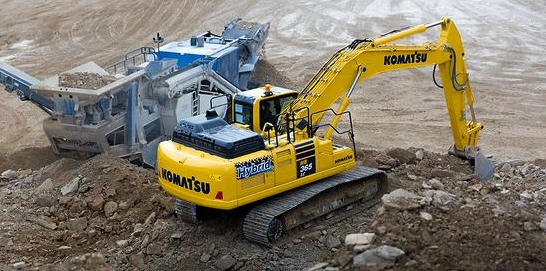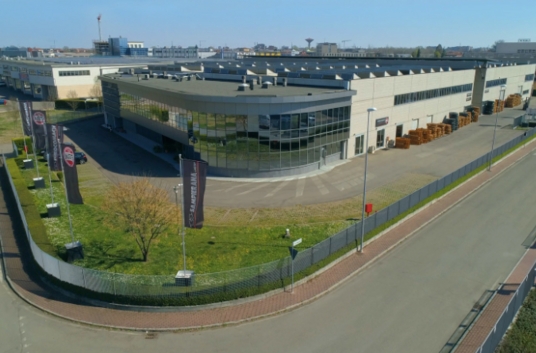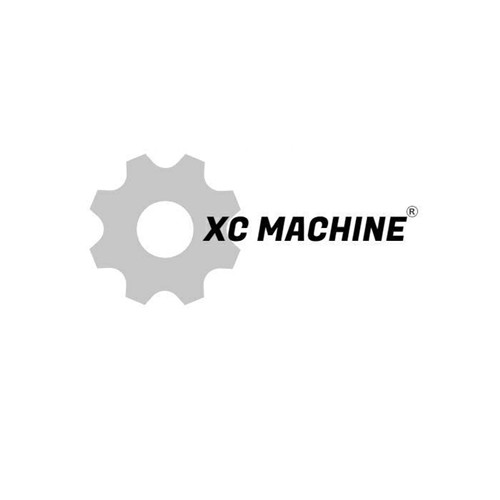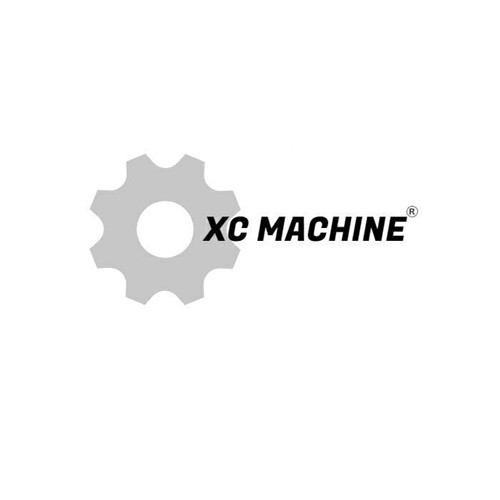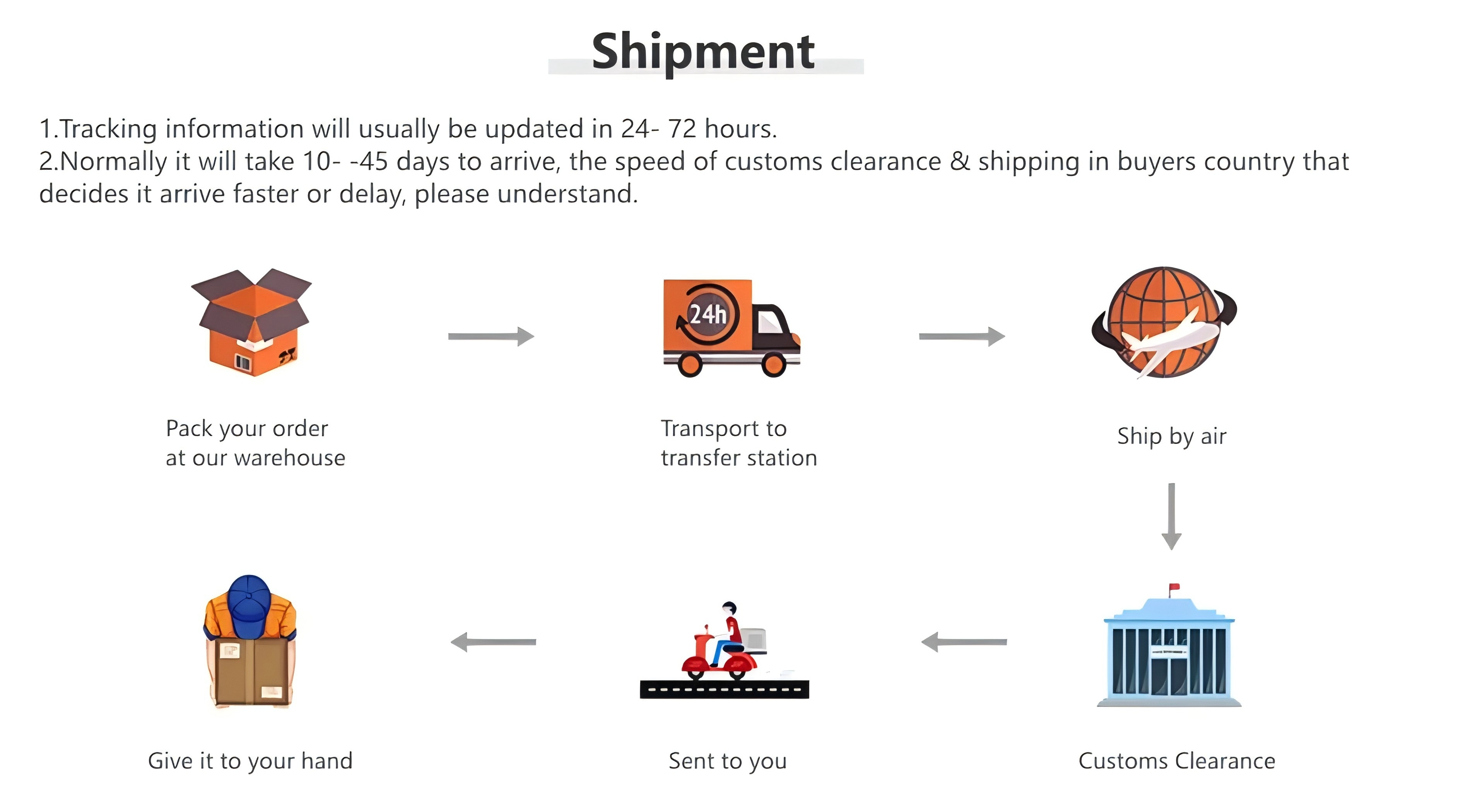Concept vehicle becomes reality. Volvo makes a huge bet on driverless technology.
Recently, the TA15 autonomous transport vehicle of Volvo Construction Equipment won the Red Dot Design Award for 2020. The TA15 is part of the TATA autonomous transportation system and integrates both the fashionable concepts of electric power and autonomous driving. But have you noticed that this vehicle looks very familiar? Isn't it the same concept vehicle we saw before? Yes, this is the concept vehicle that has become a reality. There are many concepts in the construction machinery industry, but not many can be transformed into reality, and even fewer can do so so quickly.
In 2016, Volvo Construction Equipment showcased its innovative and revolutionary solutions, aiming for zero emissions, zero accidents, zero malfunctions and a tenfold increase in efficiency. Among them was the HX01 concept transport vehicle. Unlike the large unmanned dump trucks like those from Caterpillar or Komatsu, HX01 is small in size, without a cab, powered by batteries, with 4-wheel drive/steering, capable of traveling in both directions, but since it only has one side for dumping, it is still necessary to distinguish between the front and rear in practical applications.
HX01 was only used to verify the technical feasibility. Soon, in the 2017 rollout, Volvo presented the second-generation concept car HX02. Although there was little difference in appearance, the interior was redesigned, using engineering components such as the shared battery-electric system by Volvo Group. Additionally, a visual system was added to monitor people and obstacles around.
Now, the concept vehicle has been officially launched and has its own model, TA15, which can be understood as a transport vehicle, autonomous, 15 tons. At the same time, the color scheme has also been changed to the color of the official product. In October last year, Volvo announced the establishment of a new business area focused on autonomous driving. Within this business area, Volvo launched the TARA transportation solution. The name TARA comes from the Hindu goddess of wisdom. The TARA system, apart from TA15, also includes the infrastructure required for vehicle operation, such as charging stations, control towers, cloud data, maintenance and repair facilities, and so on.
Currently, several TA15 units have been put into pilot operation at a steel mill in Sweden, while the R&D team is still conducting further tests at the headquarters. Volvo is also discussing with potential global customers about providing them with trials or complete systems.
As for why Volvo has chosen such small vehicles and what working scenarios they are suitable for, Volvo's own explanation is the cluster concept, which involves precise coordination among multiple small machines rather than a few large machines. This is undoubtedly a future direction, but the limitations of existing technologies are also objectively present. For instance, high-power, large-capacity, and high-power density battery components may still be difficult to produce at present. Simply stacking battery packs cannot achieve the goal of reducing costs and expenses. Moreover, sharing technologies and components with the Volvo Group also determines that it is impossible to adopt a high-power power system. Of course, for the TA15, its smaller load capacity makes it unable to cooperate with large mining/loading equipment. At the same time, the particle size of the materials cannot be too large. Therefore, it is more suitable for quarries and for processing materials after crushing on-site, which is also a future direction in mining.
